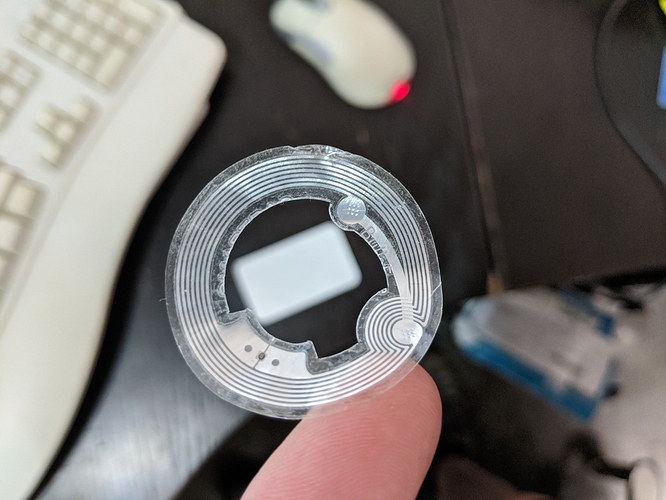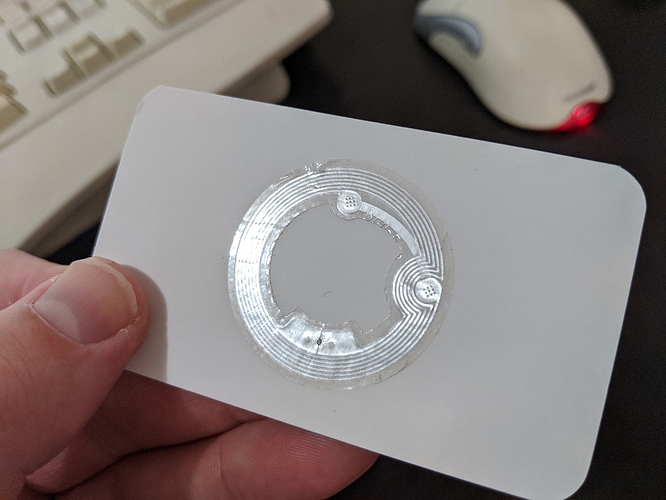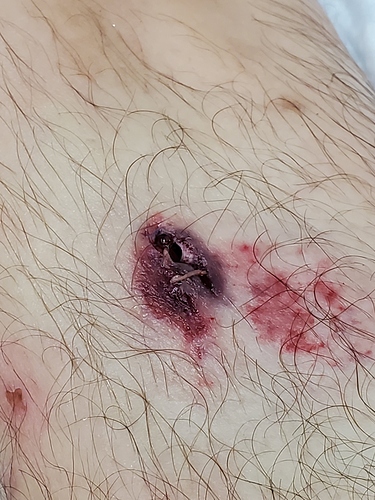I think it is funny to say, my wife doesn’t agree. I used to work in the OR, so I know(or have a pretty well educated guess) what they did to me.
Okay. I didn’t realize it did. My entire line of thinking was to avoid detaching it in the first place. So… nevermind then ![]()
Count me in. Why this chip in particular, out of curiosity?
I didn’t even know that existed. I always thought degloving was something nasty that exposed your insides. So it also exists in a version where you don’t see your insides. Interesting…
You learn something new every day. Just for that, I’m glad I started opened this thread.
Yep! Don’t know if I’d be interested in getting one (haven’t even got a flex as yet - but definitely will for Apex) but would be very interested in seeing the results (both in terms of range vs flex and healing)
I bought a bunch just to sell as stickers because they had great performance…
I think I just figured out Amal’s business model:
“Hey man, could I implant X Y or Z?”
Pulls out tag X-acto knife and silicone spray can “There ya go son.”
Or, additionally:
“Are you sure that thing will withstand shocks and bumps?”
Pulls out hammer and webcam “Yep. Here’s the video.”
![]()
More seriously, this is really cool. Do you plan on sticking it to a stiff backing before coating it, to make the implant somewhat rigid (if only to be able to slide it inside the pocket without deforming it)?
I know they’re pretty tough when they’re stuck on something: that tag is the exact same kind our security company sticks on every window at work, and they’re almost impossible to peel off. They’re also surprisingly hard to disable even with a sharp knife - I know, I tried ![]() But as a standalone device, it’s paper-like and it looks fragile.
But as a standalone device, it’s paper-like and it looks fragile.
Nah man, that’s more like what Lepht was doing ![]()

Not at all… the photo above is just the inlay… very thin floppy PET plastic… the biopoly isn’t applied yet, and once it is, I am pretty sure it will be rigid enough to handle basically whatever you want to do. It might fold and flop a little, but your artist should be able to flatten it out once under the skin to ensure proper healing. They would need to be really sure they made enough of a pocket… the device will be 40mm diamater once finished, so they will need to separate a lot of tissue and make sure there is no tension on the horizontal plane from tissue that hasn’t been properly separated, or you might get folds and waves and bumps.
Those must be something else… something made for the purpose of placing in such situations. I know there are inlays that are then put inside very thick PET plastic… like pop bottle plastic (that’s PET)… which is rigid and hard to cut… but that’s only special inlays for special situations… almost all other inlays, this bullseye tag included, are on 0.1mm or thinner PET films and they are very very flexible. The antennas are printed on with special silver or aluminum ink as well, so they flex with the PET, making it interesting to stick to curved surfaces etc… but you can probably rip it in two with your bare hands if you really really wanted… they are pretty fragile.
At 40mm in diameter, it’s likely to end up in a curved position. There aren’t many flat body surfaces of that scale - that would be an interesting implant location anyway. I’ll be curious to see tne final result.
agree… which is another reason the cutouts would be important… to allow more flexibility so the entire thing can curve more easily.
If the centre is going to reattach removal may be interesting. Would it just be a matter of reseperating the tissue?
just a lot of slicing and scarring, that’s all.
Last night I found out what happens when you can see it. Had a small accident, and punctured and bruised my leg. 5 hours in the emergency room and 2 stitches.


